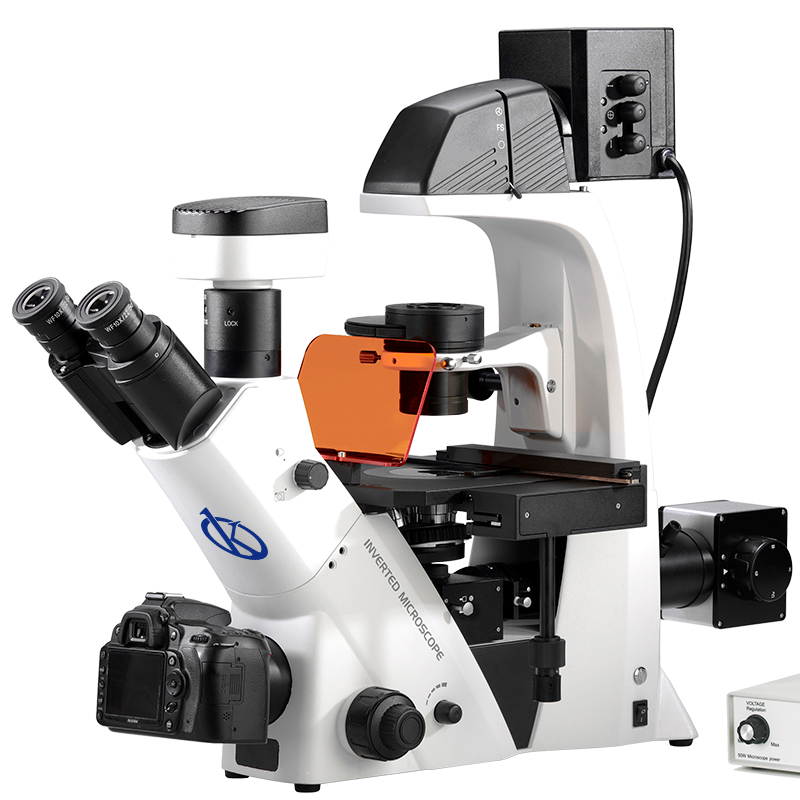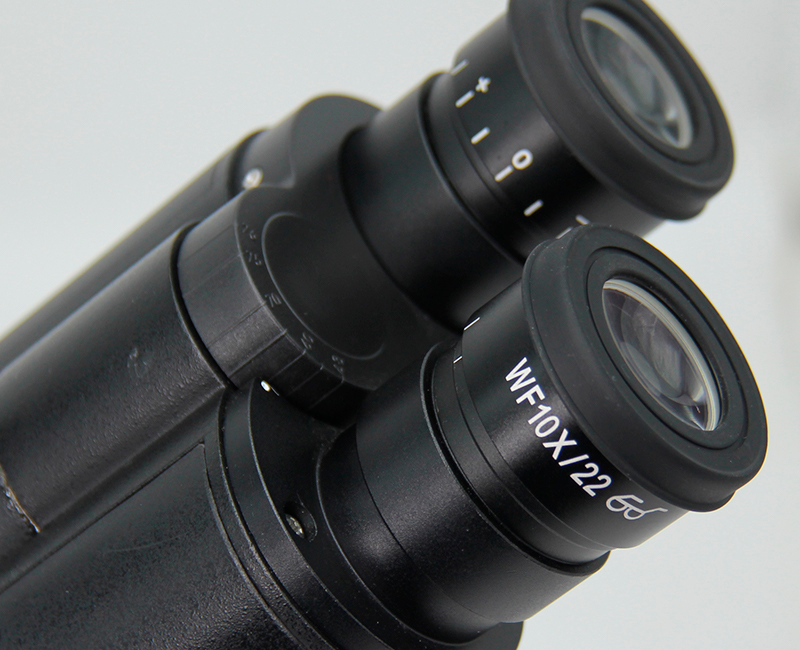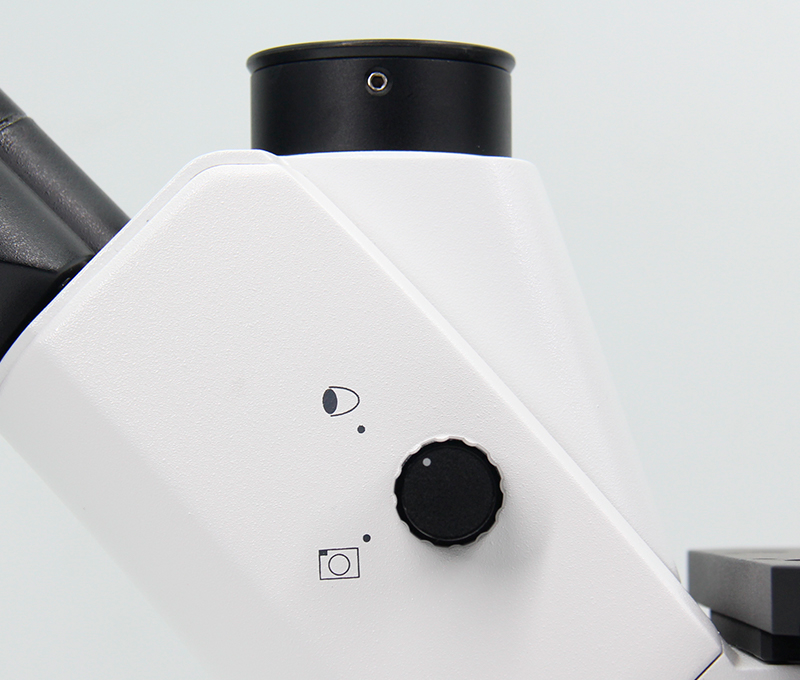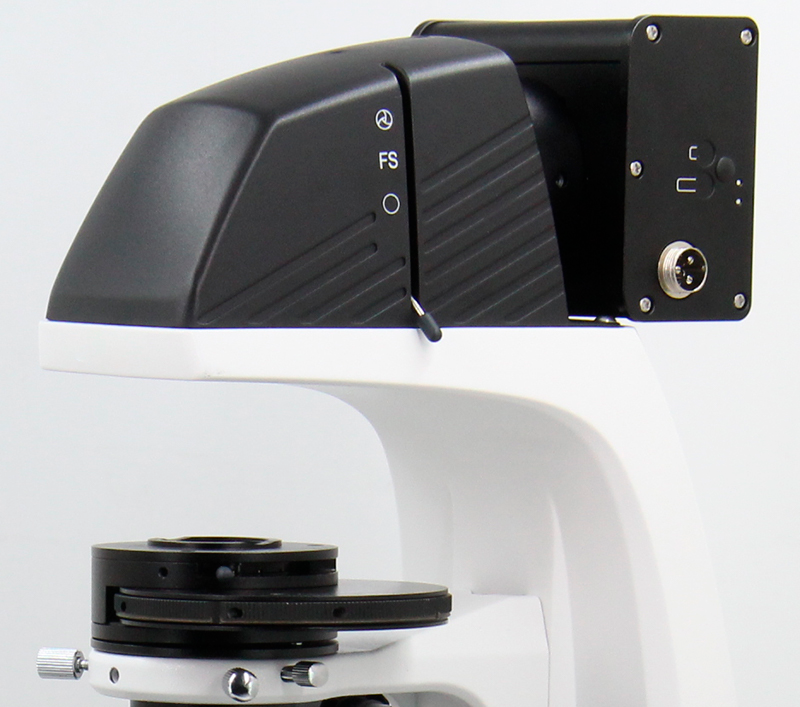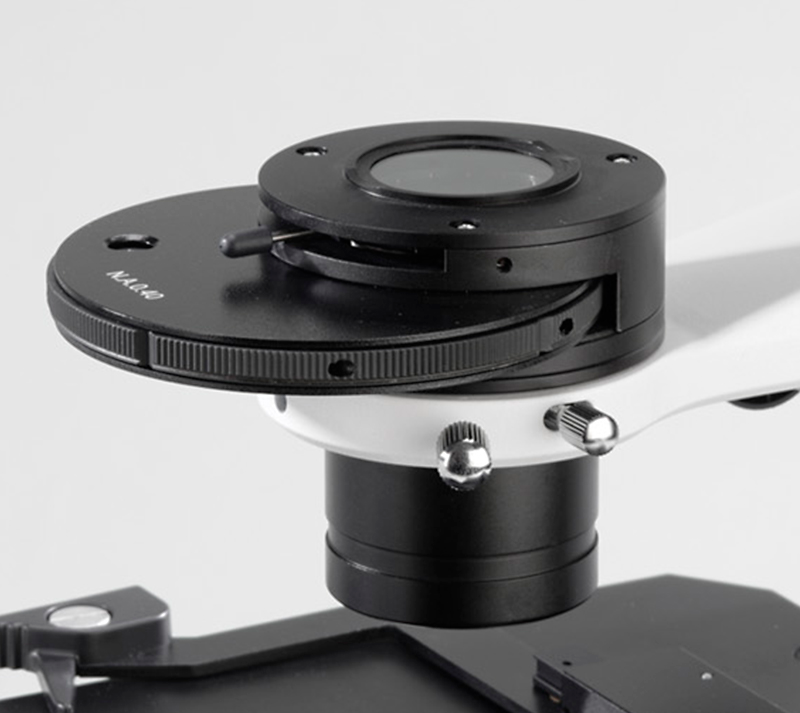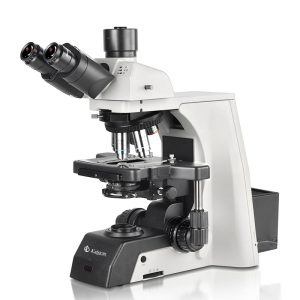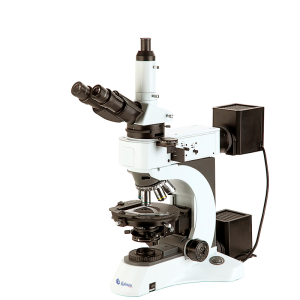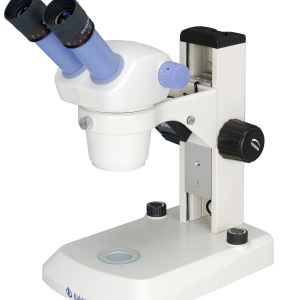Description
The Inverted LED Fluorescent Microscope YR05791 – YR05792 offers a cutting-edge optical experience with its Seidentopf trinocular head inclined at 45°, designed for easy viewing with an interpupillary distance range of 48-76mm. This advanced microscope features a wide field eyepiece (WF10x/22mm) that is high-eyepoint and diopter adjustable for personalized clarity. Equipped with Kohler illumination, it provides brilliant light sources through a 12V/50W halogen lamp compatible with standard voltages from 100-240V. The microscope also includes a phase contrast condenser with a four-hole rotating disk, ideal for high-quality contrast and precision.
Market Price
In the competitive landscape of scientific equipment, the Inverted LED Fluorescent Microscope is a premier option. Prices for microscopes with similar features range from approximately $9,500 to $10,500, providing a reasonable estimate for budget considerations. For specific pricing, potential buyers are encouraged to request a personalized quote through the Kalstein Plus platform.
Frequently Asked Questions
What is the working distance of this microscope? The microscope offers a working distance of 72mm with the condenser and 195mm without it.
Is it compatible with digital cameras? Yes, the microscope includes a photo adapter specifically designed for Canon SLR digital cameras.
Advantages and Disadvantages
The microscope boasts several advantages, including automatic power-off and on functions, reducing energy waste when not in use. The wide field of view eyepieces and long working distance are perfect for laboratory settings. However, its complexity requires proper training to make full use of its advanced features, which might be a barrier for beginners.
Use of Product in the Field
This microscope is particularly valuable in cell culture studies, laboratories conducting fluorescence studies, and research settings that demand precision. Its design allows the examination of live cells without needing a fixed slide, providing users with the agility to adapt to various experimental setups.
Recommendations
For optimal performance, maintain the condenser lens clean and ensure regular calibration of the focus adjustment. Utilize the automatic energy-saving features to extend the lifespan of the microscope and its components.
Features
- Seidentopf Trinocular Head Inclined 45°
- Koehler Illumination with Halogen 12V/50W
- 4 Holes Rotating Disc Phase Contrast Condenser
- Automatic Power Off System
- Photo Adapter for Canon SLR Digital Cameras
- Epi Fluorescence Illumination with 5W LED Lamps
Technical Specifications
| Model | YR05791 | YR05792 |
| Features | Infinity DualPhoto Port ECO (Auto Power Off) |
|
| Optical System | Infinity Plan | |
| Head Type | Seidentopf Trinocular | |
| Head Interpupillary | 48~76mm | |
| Head Light Path | E100:P0/E20:P80 | |
| Eyepiece Features |
Diopter Adjustable | |
| Eyepiece Diameter |
30.0mm | |
| Nosepiece Holes |
5 holes | |
| Objective Features |
LWD | |
| Objective Type |
Infinity Plan Phase Contrast |
|
| Working Stage Features |
Size ≥140x140mm | |
| Working Stage Type |
Fixed + Attachable | |
| Focusing Features |
Tension Adjustable | |
| Condenser Features |
Slor for PH Slide | |
| Condenser Type |
Phase Contrast | |
| Condenser N.A | 0.4 | |
| Light Source Features |
Kohler Illumination LED 5W Halogen 30W Transmit & Reflect |
|
| Light Source Type |
Halogen Fluorescent | |
| Video Adapter | C-Mount 0.3x | |
| Fluorescent Band | 3 Bands | – |


